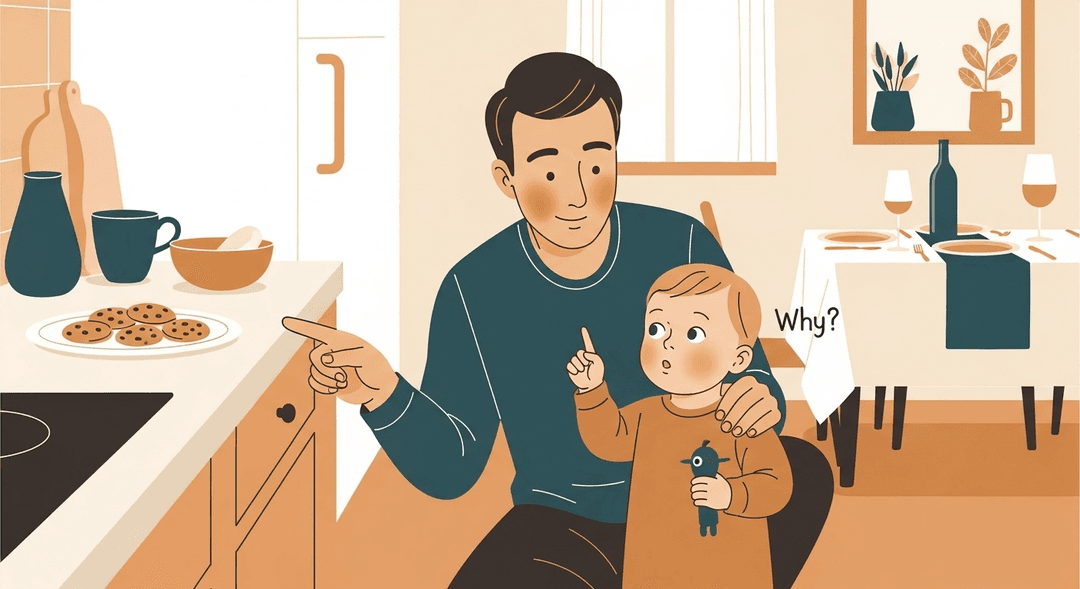Explain the Reasons Behind Your Rules and Expectations
Ever feel like you’re auditioning for 'Law & Order: Toddler Unit' every time you say 'no cookies before dinner'? Welcome to the world where every rule needs a TED Talk, and your audience is two feet tall and armed with 'why?' on repeat. If you’ve ever wondered whether explaining rules is worth the extra five minutes (spoiler: it sometimes is, sometimes you just want to eat your own dinner warm), this one’s for you.
Explaining rules helps kids build their own internal logic and self-control, wiring their brains for empathy (wait, other people have reasons?) and boosting prefrontal cortex growth—aka the part that helps them not draw on the walls (eventually). For parents, it can lower power struggles, build trust, and even make you feel like a wise philosopher king, at least until the next snack negotiation.
How to do it
First, take a deep breath and remember: you don’t have to launch into a TED Talk every time. Keep explanations short and simple—one or two sentences is plenty. For example:
“We don’t jump on the couch because we want to keep it safe for sitting and snuggling.”
Follow these steps:
- Make eye contact and get down to their level.
- Give your brief explanation.
- Check for understanding—a head nod or a simple “okay” counts!
- Sometimes, ask them to repeat it back to ensure they heard you (and not just the call of the snack cupboard).
Key tips:
- Keep your language clear and age-appropriate.
- Stay calm and patient, even if you have to repeat yourself.
- If you’re met with a “but why?” after your best effort, congratulations: you’re officially a parent.
Remember, short, clear communication is often all that’s needed.
